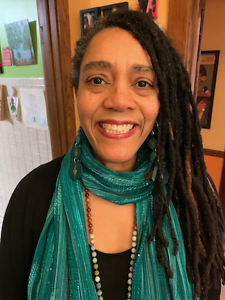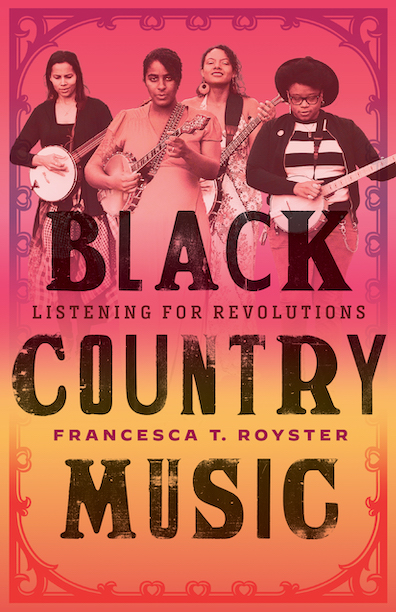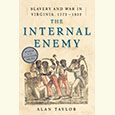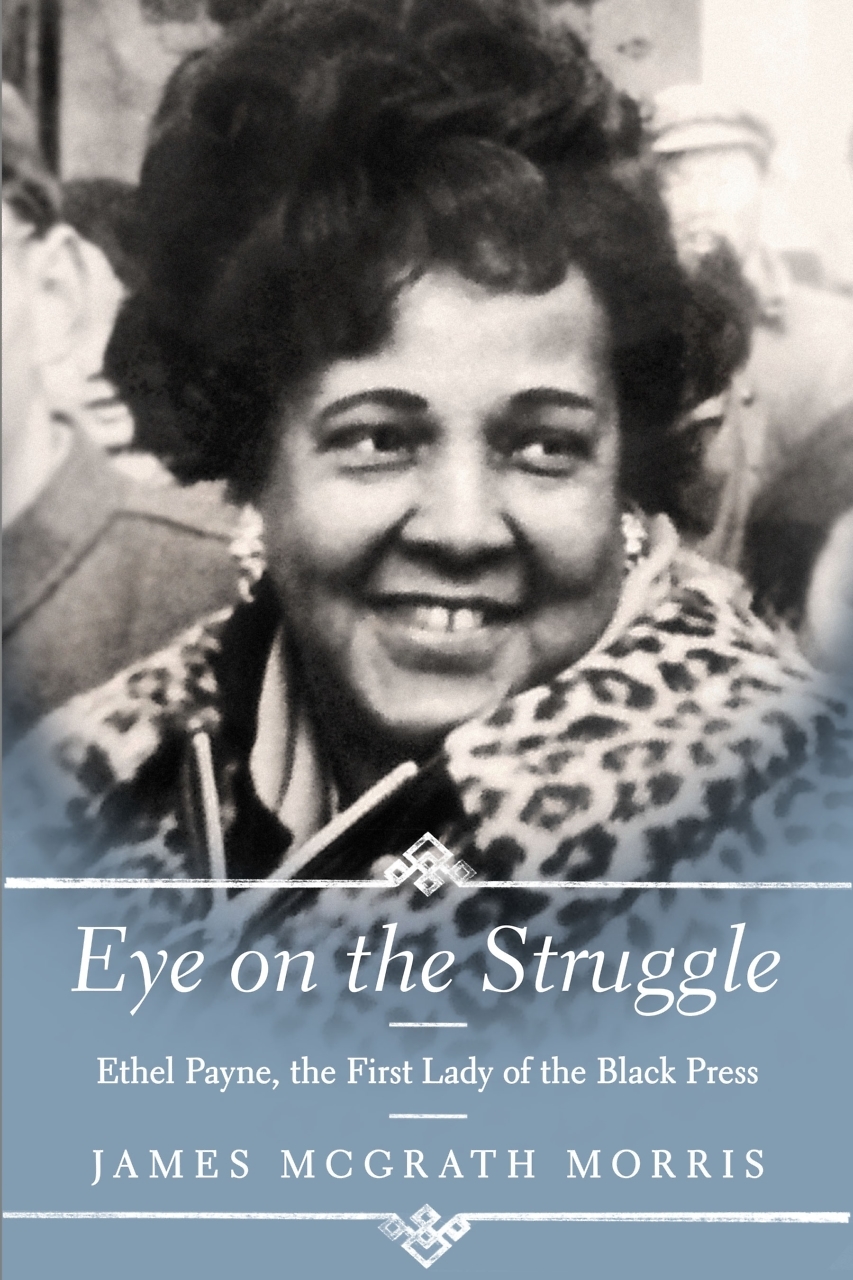Melding Voices
Beth Ann Fennelly and Tom Franklin talk with Chapter 16 about writing a novel of romance and suspense—and raising a family—together
Poet Beth Ann Fennelly and novelist Tom Franklin are married to each other and teach together in the creative-writing program at the University of Mississippi. With The Tilted World, they entered their first literary collaboration, creating a pair of memorable protagonists: prohibition agent Ted Ingersoll and moonshiner’s wife Dixe Clay Holliver, who are drawn together amid the violence and confusion of the great Mississippi flood of 1927, one of the least known and yet most devastating natural disasters in American history.
Equal parts action and romance, the novel recalls Charles Frazier’s Cold Mountain and other Southern love stories set against the sweep of history. In advance of the book’s paperback release this month, Franklin, author most recently of the novel Crooked Letter, Crooked Letter, and Fennelly, author most recently of Unmentionables: Poems, jointly answered questions from Chapter 16 via email.
Chapter 16: What drew you to the great flood of 1927? In what ways did the historical event shape your story?
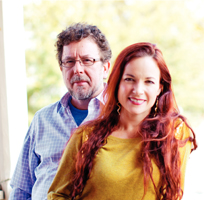 Fennelly and Franklin: The flood of the Mississippi River in 1927destroyed 50,000 homes and was the greatest national disaster our country had ever seen. But when Beth Ann moved to Mississippi, at thirty, she’d never heard of it. How can this be? A region the size of New England was drowned. If it had been New England, the event would be in every history book. But the folks affected were mostly the disenfranchised, poor sharecroppers, black and white. The literary world is often dominated by the coasts, but this great big Mississippi story begged to be told. We first discussed this after Katrina, which had so many similarities with the flood of 1927, including the fact that the government showed an appalling lack of concern for the affected Southerners. Writing about the flood of 1927 was in a way also writing about Katrina, I suppose.
Fennelly and Franklin: The flood of the Mississippi River in 1927destroyed 50,000 homes and was the greatest national disaster our country had ever seen. But when Beth Ann moved to Mississippi, at thirty, she’d never heard of it. How can this be? A region the size of New England was drowned. If it had been New England, the event would be in every history book. But the folks affected were mostly the disenfranchised, poor sharecroppers, black and white. The literary world is often dominated by the coasts, but this great big Mississippi story begged to be told. We first discussed this after Katrina, which had so many similarities with the flood of 1927, including the fact that the government showed an appalling lack of concern for the affected Southerners. Writing about the flood of 1927 was in a way also writing about Katrina, I suppose.
We began by researching—making trips to Greenville and visiting the Flood Museum, doing lots of online research, and even talking to folks who had relatives in the flood. As time went by and more people heard we were working on it, more and more folks came forward. We loved hearing their stories.
The best part of writing a historical novel is research. That’s also the worst part because one can get a little addicted to it. Facing the blank page is scary, but with researching, especially when using the Internet, link leads on to link leads on to link. And there came a point when we realized that reading more wasn’t going to help us write the novel. Reading more was another word for procrastination. So we had to stop.
In the end, we decided we’d make up main characters and make up a town, so we’d have a little freedom, but the historical background is as true as we could make it. If we quote from a newspaper or politician, it’s an accurate quote.
Chapter 16: Music is mentioned often enough in The Tilted World that the reader can almost hear it winding through the book, sounding like a mix of The Oxford American’s annual music-issue CD and the soundtrack of O Brother, Where Art Thou? Is either of you a musician?
Fennelly and Franklin: Sadly, no. We both love music, but neither of us plays an instrument. Sometimes at live shows we’ve been jealous of what musicians have when they play together on stage because writers don’t get that. You don’t get the ability to feed off of someone else on stage, or be inspired by someone else, or have that idea of a group making something together. We had that a little bit with writing this novel due to our collaboration.
Chapter 16: You were both successful authors before writing The Tilted World. How did collaboration change your writing process? Will you try it again?
 Fennelly and Franklin: It was fun to collaborate. Lots of fun, actually. Writing can be lonely. Here we were, writing with our best friend! But there were lots of surprises. One was that writing a book with another person doesn’t mean it’s finished in half the time. Once we decided to give it a go, we promised to have a draft in one year. It took us three. But we learned a lot about writing, and about each other. And yes, we’re talking about doing it again.
Fennelly and Franklin: It was fun to collaborate. Lots of fun, actually. Writing can be lonely. Here we were, writing with our best friend! But there were lots of surprises. One was that writing a book with another person doesn’t mean it’s finished in half the time. Once we decided to give it a go, we promised to have a draft in one year. It took us three. But we learned a lot about writing, and about each other. And yes, we’re talking about doing it again.
Chapter 16: When a parent of young children writes a book, it’s common for the author’s acknowledgments page to thank his or her partner for taking over parental duties. When both parents are writing the book, I suspect, family life becomes twice as hard. How did you manage?
Fennelly and Franklin: Very carefully. And to make things harder was the little matter of our surprise third child. (Short version: Tommy and Beth Ann enjoyed a romantic trip to the wine country in the south of France, and Beth Ann came home with food poisoning. After three weeks of not shaking the bug, it dawned on us—the “food poisoning” was a fetus.) Sweet baby Nolan slowed us down a little—well, a lot—but in addition to being the delight of our old age he also re-immersed us into the joys of the hands-on, every-minute parenting of an infant. (By then our “bigs” were turning ten and six.)
Beth Ann had written about motherhood before [in Great With Child] and now tried it again, this time in fiction. The protagonist, Dixie Clay, has lost her own child to fever a few years back and hasn’t been able to conceive again—and into this desperate life comes an orphan for her to love. Again her writing life and real life aligned, as she wasn’t steering her gaze but following its natural direction. The physical rituals of feeding and bathing and diapering Nolan synced her with Dixie Clay’s bodily rhythms. Things from her history of motherhood—like a terrifying night of high fever in our infant daughter—seemed to rise in her recollection and, though alchemized to suit the novel’s own urgencies, find their place.
Chapter 16: Tom’s books often feature overtly masculine characters and themes, just as Beth Ann’s previous work is decidedly female, yet in this book Ingersoll displays a softer side, while Dixie Clay proves to be tough as nails. Did you influence each other’s portrayal of gender?
Fennelly and Franklin: Yes, I think we must have, more unconsciously so. It isn’t something we set out to do, but our voices melded and harmonized a bit. Our favorite complement is when folks say they can’t tell who wrote which part. Though we both always claim to have written the best lines, somehow.
[This interview originally appeared on June 6, 2014. It has been updated to reflect new event details.]
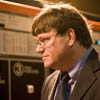
Michael Ray Taylor teaches journalism at Henderson State University in Arkadelphia, Arkansas. He is the author of three traditional books of nonfiction—Cave Passages, Dark Life, and Caves—as well as The Cat Manual, an ebook.
